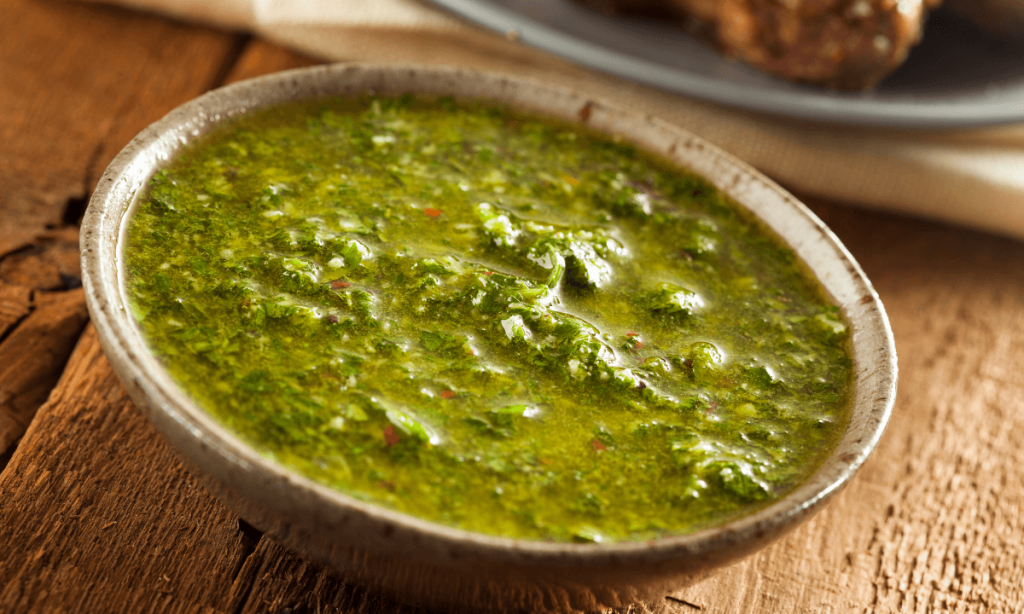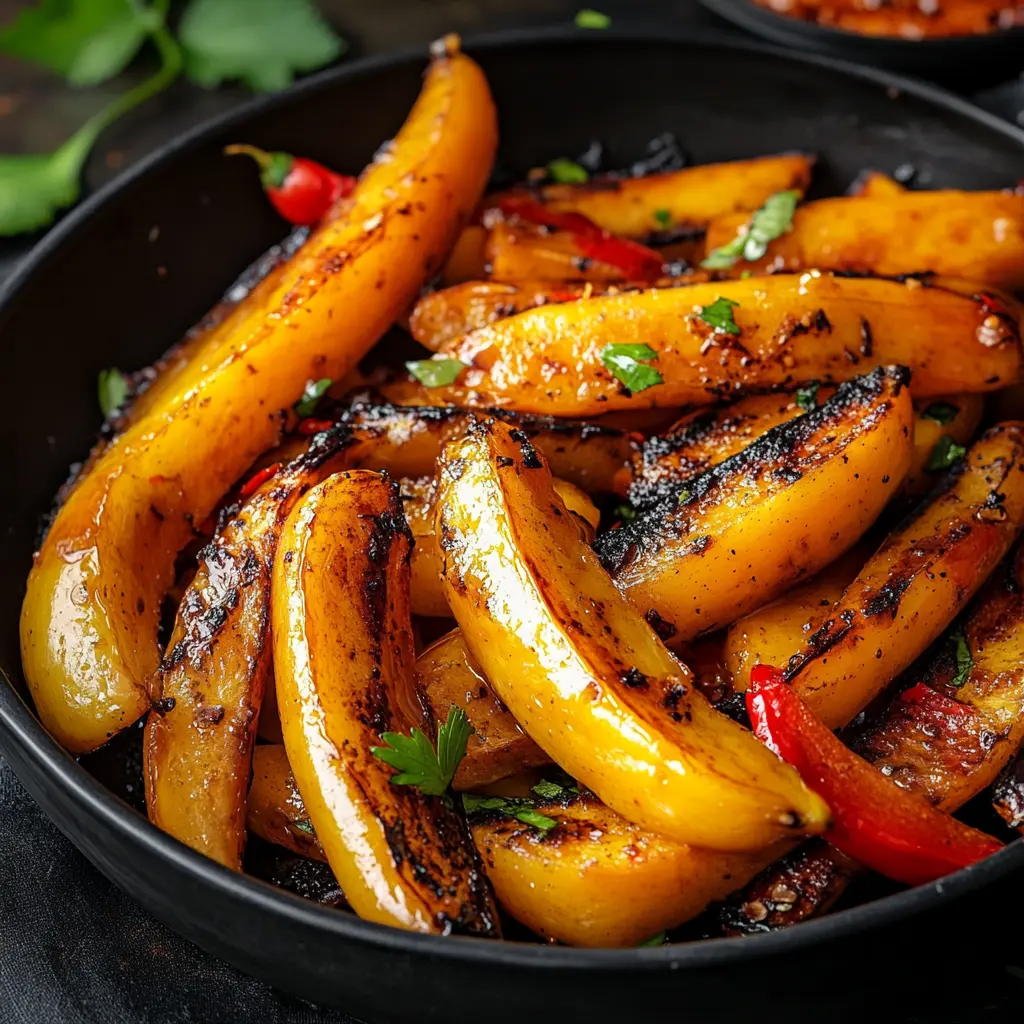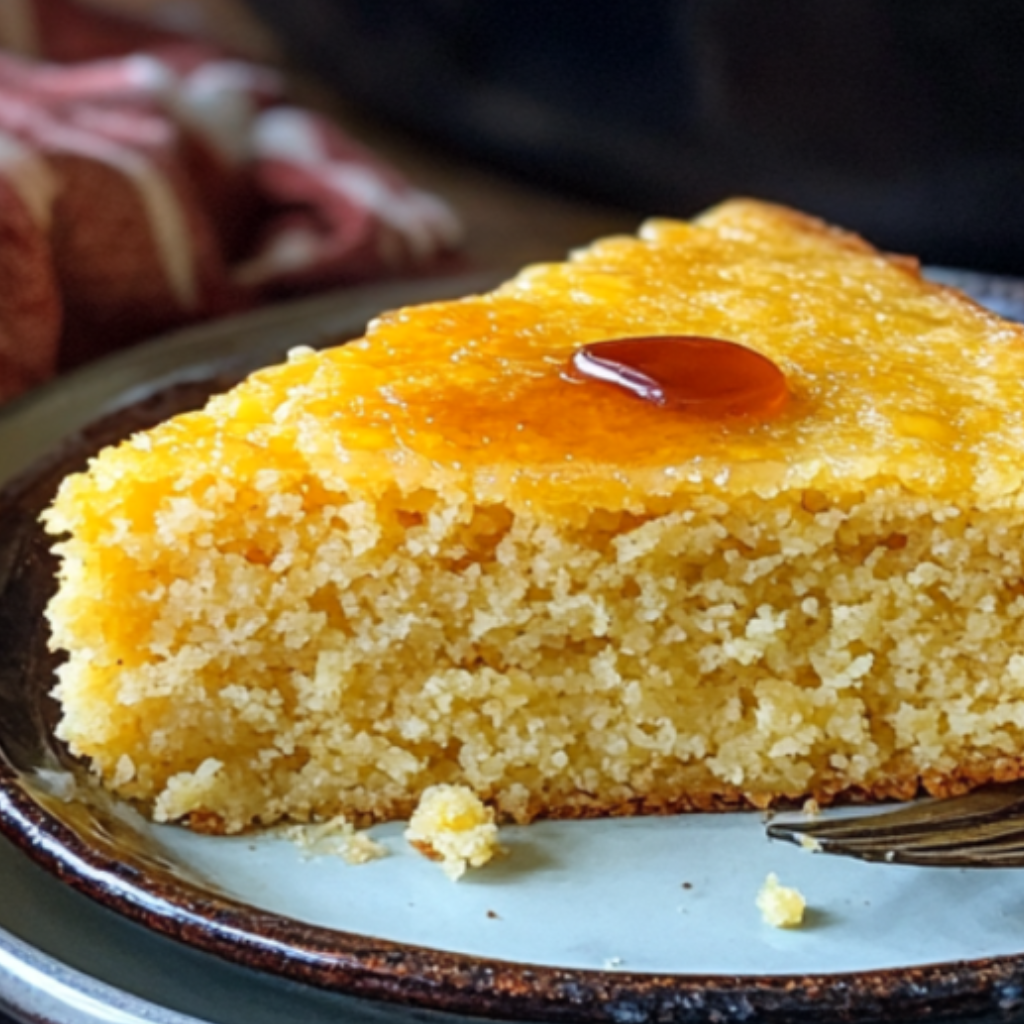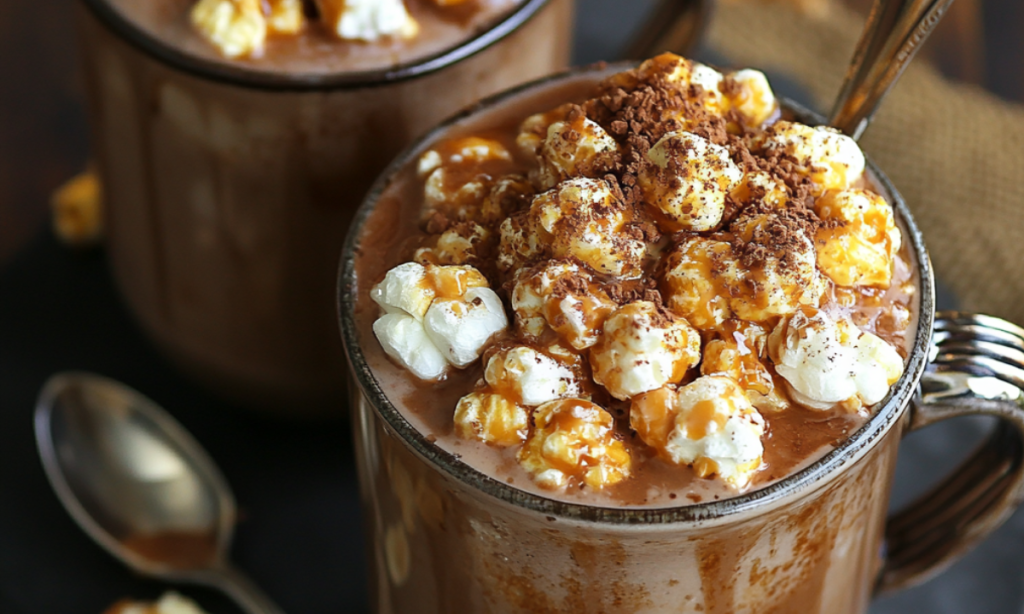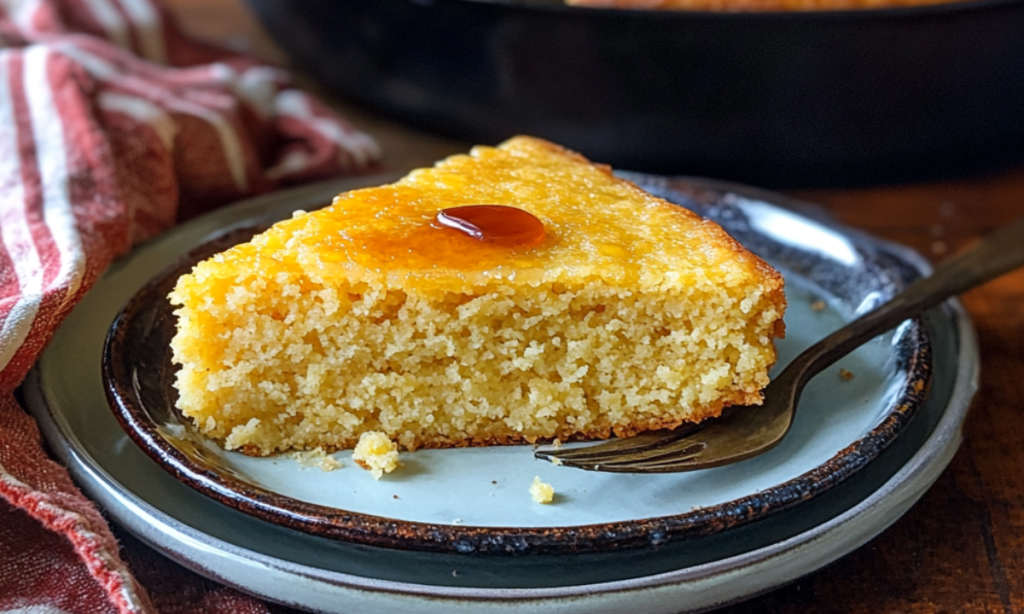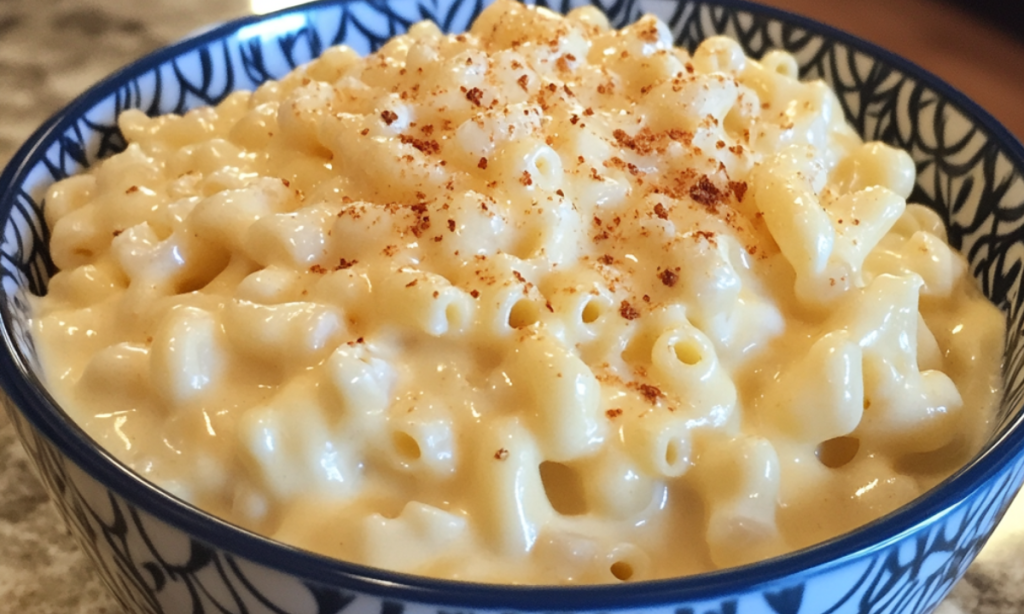Introduction to Chimichurri
Nestled in the heart of South American culinary traditions lies Chimichurri, a sauce that is as enigmatic as it is flavorful. At the core of its identity, the question often surfaces: what level of spiciness does Chimichurri truly offer? This verdant concoction, a harmonious blend of parsley, garlic, olive oil, and vinegar, carries with it whispers of red pepper flakes, giving rise to discussions about its seasoning intensity. Chimichurri’s journey from a regional specialty to an international kitchen essential is a story of flavor, tradition, and versatility. Its ability to enhance a simple grilled dish or add zest to a gourmet creation speaks to its dynamic nature. Yet, it is the dance of spice – subtle yet noticeable – that invites curiosity and experimentation, making each encounter with Chimichurri a unique exploration of its spirited essence.
The Flavor Profile of Chimichurri
Chimichurri sauce brings together a vibrant mix of flavors that are both fresh and tangy, with a touch of heat. The primary ingredient, flat-leaf parsley, lays the foundation with its fresh, slightly peppery taste. This herb not only flavors the sauce but also gives it its bright green color.
Garlic adds its own strong, pungent character to the mix. The amount of garlic can vary, allowing the sauce to be more or less intense. Olive oil, especially the extra virgin variety, provides a rich base, smoothing out the flavors of the other ingredients. This oil harmonizes the sharp notes in the sauce.
Red wine vinegar, a staple in chimichurri, introduces a crucial tangy and slightly acidic element. It’s this sharpness that makes the sauce a perfect complement to rich dishes like grilled meats. Some recipes also use lemon juice, adding an extra layer of citrusy tang.
The heat in chimichurri, often from red pepper flakes or fresh chilies, is usually moderate and adjustable. It’s this spiciness that gives the sauce a subtle kick. Other herbs, such as oregano, might join the mix, each adding their unique flavor.
In conclusion, chimichurri’s taste is a lively blend of fresh herbs, sharp garlic, rich oil, and bright vinegar. Often, it includes a gentle heat. This combination makes the sauce a versatile addition to various dishes. It’s popular as a marinade, a condiment, or a dressing, thanks to its unique and adaptable flavor profile.
Main Ingredients of Chimichurri and Their Roles
- Parsley: The cornerstone of chimichurri, flat-leaf parsley, offers a fresh, grassy, and slightly peppery taste. It forms the base of the sauce, contributing to its vibrant green color and fresh flavor profile.
- Garlic: Providing a strong, pungent kick, garlic adds depth and intensity to chimichurri. Its robust flavor is a key component that differentiates the sauce from others.
- Olive Oil: Olive oil acts as the binding agent for the sauce. It smoothens the flavors, adding richness and a velvety texture. The type of olive oil used can also influence the overall taste, with extra virgin olive oil giving a more pronounced flavor.
- Vinegar: Typically, red wine vinegar is used, introducing a tangy and sharp accent. It balances the richness of the olive oil and the freshness of the parsley, adding a bright note to the sauce.
is chimichurri spicy ; What does chimichurri taste like?
Chimichurri has a fresh, herbaceous taste with a tangy and slightly spicy flavor. The primary ingredients like parsley and cilantro contribute to its freshness, while garlic adds pungency. The vinegar in the sauce brings a tangy aspect, and red pepper flakes introduce a mild heat. Overall, it’s a well-balanced sauce with a unique combination of flavors that enhance various dishes, especially grilled meats.
Is Chimichurri Spicy? –Chimichurri spiciness
People often perceive Chimichurri as spicy due to its inclusion of red pepper flakes, which are a common ingredient in many versions of the sauce. These flakes add a noticeable heat to the Chimichurri, contributing to its overall flavor profile. The level of spiciness can vary depending on the amount of red pepper flakes used, making some variations spicier than others.
Additionally, the presence of raw garlic in Chimichurri can also contribute to the perception of spiciness. Garlic, especially when raw, has a potent, sharp flavor that can add a kick to the sauce, further enhancing its spicy notes.
It’s important to note that the spiciness of Chimichurri is typically more moderate and balanced compared to other hot sauces or spicy condiments. The spiciness in Chimichurri is often complemented by the freshness of herbs like parsley and oregano, as well as the acidity from vinegar, creating a well-rounded and complex flavor profile.
In summary, the perception of Chimichurri as spicy primarily stems from the use of red pepper flakes and raw garlic, both of which contribute to its unique and zesty flavor.
Comparison with Other Sauces Like Pesto
Chimichurri and pesto, while visually similar, have distinct flavor profiles and ingredient compositions. Pesto, traditionally an Italian sauce, primarily consists of basil, pine nuts, Parmesan cheese, garlic, and olive oil. It’s characterized by its nutty, cheesy, and basil-dominated flavor. In contrast, chimichurri relies on the freshness of parsley and the tanginess of vinegar, lacking the nutty and cheesy elements of pesto. The presence of vinegar in chimichurri also sets it apart from the more oily texture of pesto.
Is chimichurri supposed to taste like vinegar?
Vinegar is an integral component of Chimichurri, contributing to its distinct tangy flavor. However, Chimichurri is not supposed to taste predominantly like vinegar. The vinegar in Chimichurri is balanced with other ingredients like herbs, garlic, and oil, creating a harmonious blend of flavors. While the tanginess of vinegar is noticeable, it complements rather than overpowers the sauce’s overall flavor profile.
The Role of Herbs in Chimichurri
Herbs like parsley and oregano play a significant role in Chimichurri, providing a fresh and earthy taste that balances the spiciness. These herbs are not only crucial for flavor but also offer health benefits, including anti-inflammatory properties and essential nutrients.
The heat level in Chimichurri can vary based on the recipe and personal preference. Typically, the spiciness in Chimichurri is mild to moderate, deriving mainly from ingredients like red pepper flakes. However, it’s important to note that the focus of Chimichurri is not just on heat but also on the fresh, herbaceous flavors from parsley, cilantro, and garlic, balanced with the tanginess of vinegar. The spiciness is meant to complement these flavors rather than overpower them.
Is Chimichurri Inherently Spicy?
Chimichurri is not inherently spicy. The traditional recipe for this Argentine sauce focuses on achieving a balanced flavor where no single taste dominates, including spiciness. The basic version of chimichurri includes parsley, garlic, olive oil, and vinegar, but does not necessarily contain spicy elements.
However, the spiciness of chimichurri can vary depending on personal preference and regional variations. In some regions of Argentina and Uruguay, people may prefer a spicier version of the sauce, which reflects the local palate. The level of heat in chimichurri can be adjusted by the addition or reduction of chili and red pepper flakes. For those who enjoy more heat, increasing these ingredients can make the sauce spicier.
Spicy Chimichurri recipe
To make a spicy Chimichurri sauce, you’ll generally need traditional Chimichurri ingredients such as parsley, garlic, olive oil, and vinegar. The key to making it spicier is to increase the amount of red pepper flakes or add other hot elements like fresh chili peppers, hot paprika, or cayenne pepper. You can also consider incorporating ingredients like smoked paprika for a deeper flavor profile. The exact proportions will depend on your preferred spice level.
Preparing and Using Chimichurri
Preparing Chimichurri:
- Gather Ingredients: Typically, you’ll need flat-leaf parsley, garlic, olive oil, red wine vinegar, red pepper flakes (optional for heat), and salt and pepper. Some recipes also include cilantro, oregano, or lemon juice.
- Chop Herbs: Finely chop the parsley (and cilantro or oregano, if using). This can be done by hand or with a food processor for a finer texture.
- Mix: Combine the chopped herbs with minced garlic in a bowl.
- Add Liquids: Stir in the olive oil and vinegar. The ratio of oil to vinegar can vary depending on the desired consistency and tanginess.
- Season: Add red pepper flakes (if using), salt, and pepper to taste. Adjust these according to your preference for spiciness and seasoning.
- Rest: Let the sauce sit for a few hours before using, allowing the flavors to meld together.
Using Chimichurri:
- As a Marinade: Chimichurri works well as a marinade for meats, particularly beef, chicken, or fish.
- As a Condiment: Serve it over grilled meats, vegetables, or use it as a dipping sauce for bread.
- In Salads: It can be used as a vibrant, herby dressing for salads or grain bowls.
- Variations: Feel free to experiment with different herbs, adjust the garlic or vinegar levels, or add ingredients like citrus zest for a different twist.
Storage: Chimichurri can be stored in the refrigerator for a few days. Some prefer to make it in larger batches and freeze portions for later use.
The beauty of chimichurri lies in its simplicity and adaptability. Whether you’re using it to marinate steak for a barbecue or as a fresh dressing for a summer salad, its bright, tangy, and slightly spicy flavor can elevate a wide range of dishes
Health Benefits and Nutritional Value
Chimichurri sauce offers several health benefits and nutritional value, primarily due to its fresh and natural ingredients.
- Rich in Vitamins and Minerals: Parsley, the main ingredient, is an excellent source of vitamins A, C, and K, and provides iron, magnesium, and potassium. These nutrients contribute to immune system support, bone health, and overall wellness.
- Antioxidant Properties: Both parsley and garlic are rich in antioxidants. These compounds help combat oxidative stress in the body, which can lead to chronic diseases.
- Heart Health: Olive oil, a key component of chimichurri, is high in monounsaturated fats. These fats are known to be heart-healthy and can help lower bad cholesterol levels.
- Anti-Inflammatory Effects: The ingredients in chimichurri, particularly garlic and olive oil, have anti-inflammatory properties. This can be beneficial in reducing the risk of certain inflammatory conditions.
- Digestive Health: The herbs used in chimichurri, like parsley and oregano, can aid in digestion and help in soothing the digestive system.
- Low in Calories: Chimichurri is a low-calorie option compared to many other sauces and dressings, making it a healthier choice for adding flavor to meals.
- No Added Sugars: Unlike many sauces and condiments, chimichurri typically contains no added sugars, which is beneficial for overall health, particularly for those monitoring their sugar intake.
- Versatility for Healthy Eating: As a condiment, chimichurri can enhance the flavor of a variety of healthy foods, including grilled vegetables and lean proteins, encouraging a more diverse and nutritious diet.
Frequently Asked Questions about Spicy Chimichurri recipe
- What ingredients make up chimichurri? Chimichurri typically includes flat-leaf parsley, garlic, olive oil, and vinegar. Variations might add red pepper flakes, cilantro, or oregano.
- Is chimichurri sauce always spicy? Chimichurri isn’t inherently spicy. The addition of red pepper flakes or fresh chilies, which varies by recipe and region, determines its spiciness.
- Can you use chimichurri as a marinade? Yes, chimichurri serves well as a marinade for meats like beef, chicken, and fish, adding herby and tangy flavors.
- How long does chimichurri last when stored? Stored in the refrigerator, chimichurri can last a few days. For longer storage, freezing it is an option, and it can last several months this way.
- Is chimichurri a healthy sauce? Yes, chimichurri is healthy, packed with natural, fresh ingredients rich in essential nutrients, and it’s low in calories. Olive oil in it offers heart-healthy fats.
- What if I don’t have parsley for chimichurri? While parsley is central to chimichurri, you can try herbs like cilantro or oregano, though they change the traditional flavor.
- What foods pair well with chimichurri? Chimichurri complements grilled meats, roasted vegetables, salads, and works as a spread for sandwiches and bread.
- Can you prepare chimichurri ahead of time? Yes, preparing chimichurri in advance is possible. Its flavors often improve after resting for some time.
- Are there different chimichurri variations? Chimichurri comes in various recipes, some spicier or with different herbs. In Argentina and Uruguay, regional differences affect the sauce’s flavor and preparation.
- Is freezing chimichurri possible? Absolutely, you can freeze chimichurri in an airtight container or in ice cube trays for months.
Cunclusion
In conclusion, the question of whether Chimichurri is spicy is nuanced and depends largely on individual recipes and personal taste preferences. While traditional Chimichurri does include elements like red pepper flakes and raw garlic that contribute to a certain level of heat, the spiciness is generally more subtle and balanced compared to other hot sauces or spicy condiments. The sauce’s overall flavor profile is a complex blend of fresh herbs, tangy vinegar, and robust garlic, with the spiciness playing a complementary role rather than dominating the taste.
The beauty of Chimichurri lies in its versatility. The spice level can be easily adjusted to suit different palates, making it a customizable condiment that can appeal to a wide audience. Whether used as a marinade, a topping for grilled meats, or a flavorful addition to vegetables, Chimichurri’s unique combination of ingredients provides a delightful experience that enhances a variety of dishes without overwhelming them with heat.
Ultimately, Chimichurri can be as spicy or as mild as one desires, making it a universally appealing sauce that celebrates the rich culinary traditions of South America while inviting personal interpretation and experimentation in kitchens around the world.


